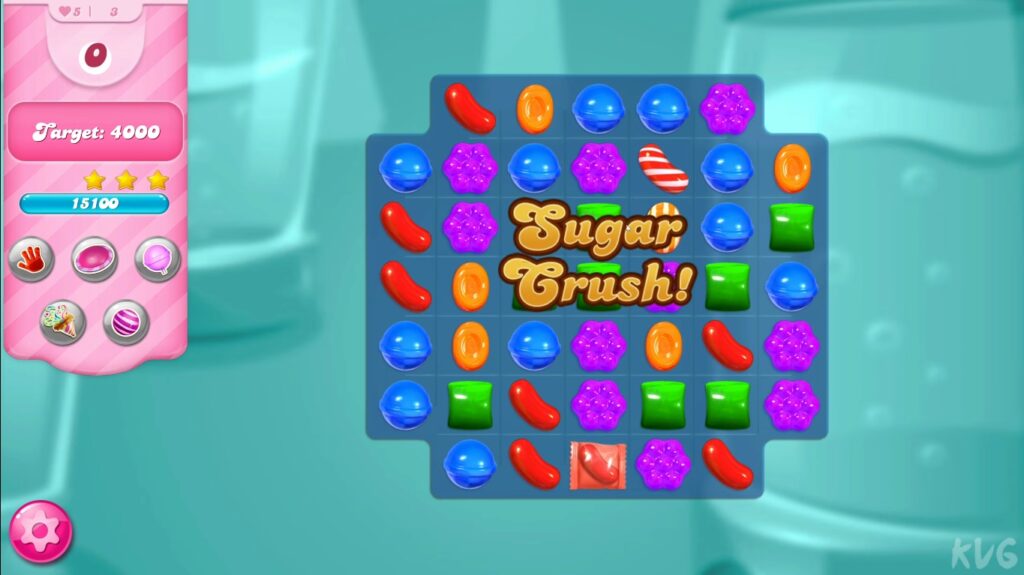Boost Player Retention: Proven Engagement Strategies
In the competitive landscape of gaming, player retention has emerged as a critical metric for success. With the average mobile game losing 77% of its daily active users within the first three days of launch, developers must implement effective engagement strategies to keep players invested. This article delves into advanced techniques for enhancing player retention, supported by real-world examples, research findings, and complex data analysis.
The Importance of Player Retention
Player retention is not merely a metric; it is a cornerstone of a game’s longevity and profitability. According to a study by GameAnalytics, games that maintain a 20% retention rate after 30 days can expect to see a 50% increase in lifetime value (LTV) compared to those with lower retention rates. This statistic underscores the necessity of focusing on retention strategies from the outset of game development.
Understanding Player Behavior
To effectively boost player retention, it is essential to understand the underlying motivations and behaviors of players. Research by the International Journal of Human-Computer Interaction indicates that players are driven by a combination of intrinsic and extrinsic motivations. Intrinsic motivations include the enjoyment of gameplay and the desire for mastery, while extrinsic motivations often involve rewards and social recognition.
Data-Driven Insights
Utilizing analytics tools such as Google Analytics for Games or Unity Analytics can provide developers with valuable insights into player behavior. For instance, tracking metrics such as session length, frequency of play, and in-game purchases can help identify patterns that inform retention strategies. A study by Flurry Analytics revealed that games with a session length of over 20 minutes had a 30% higher retention rate than those with shorter sessions.
Proven Engagement Strategies
1. Personalized Experiences
Personalization is a powerful tool for enhancing player engagement. By leveraging data analytics, developers can create tailored experiences that resonate with individual players. For example, the mobile game “Candy Crush Saga” employs a sophisticated algorithm that adjusts difficulty levels based on player performance, ensuring that challenges remain engaging without becoming frustrating.

Candy Crush Saga uses an advanced algorithm to dynamically adjust difficulty levels according to player performance.
2. Reward Systems and Incentives
Implementing a robust reward system can significantly enhance player retention. Research from the University of Southern California indicates that players are more likely to return to a game that offers consistent rewards. “Fortnite,” for instance, utilizes a battle pass system that provides players with exclusive rewards for completing challenges, thereby incentivizing continued play.
3. Social Features and Community Building
Integrating social features into games can foster a sense of community, which is crucial for player retention. A study published in the Journal of Computer-Mediated Communication found that players who engage with friends in-game are 50% more likely to continue playing. Games like “Among Us” capitalize on this by encouraging players to form social connections, enhancing their overall experience.
4. Regular Content Updates
Frequent content updates keep the game fresh and exciting, encouraging players to return. According to a report by Newzoo, games that release new content every month see a 20% increase in player retention. “World of Warcraft” exemplifies this strategy by introducing expansions and seasonal events that provide new challenges and experiences for players.
5. Gamification of Retention Strategies
Gamification involves applying game design elements in non-game contexts to enhance user engagement. A study by the University of Pennsylvania found that gamification can increase user engagement by up to 48%. Implementing leaderboards, achievement badges, and daily challenges can motivate players to return. “Zombies, Run!” effectively uses gamification by turning exercise into a game, encouraging users to complete missions and earn rewards.
Measuring Success: Key Performance Indicators (KPIs)
To evaluate the effectiveness of retention strategies, developers must track key performance indicators (KPIs). Some essential KPIs include:
- Day 1, Day 7, and Day 30 Retention Rates: These metrics indicate how many players return to the game after one day, one week, and one month.
- Churn Rate: The percentage of players who stop playing the game over a specific period.
- Average Session Length: The average time players spend in the game during each session.
- Lifetime Value (LTV): The total revenue generated by a player throughout their engagement with the game.
By continuously monitoring these KPIs, developers can make data-driven decisions to refine their engagement strategies and improve player retention.
Case Studies: Successful Implementation of Retention Strategies
1. Clash of Clans
“Clash of Clans” is a prime example of effective player retention strategies. The game employs a combination of personalized experiences, regular content updates, and social features. The introduction of clan wars not only fosters community but also incentivizes players to log in regularly to participate. As a result, “Clash of Clans” boasts a retention rate of over 30% after 30 days, significantly higher than the industry average.
2. Pokémon GO
“Pokémon GO” revolutionized mobile gaming with its innovative use of augmented reality and community events. Niantic, the game’s developer, regularly hosts community days and special events that encourage players to engage with the game and each other. This strategy has led to a remarkable retention rate, with 60% of players still active after one year, according to a report by Sensor Tower.

“Pokémon GO” transformed mobile gaming by pioneering augmented reality integration and engaging players through community events.
Challenges and Considerations
While implementing these strategies can significantly enhance player retention, developers must also be aware of potential challenges. Over-reliance on monetization strategies, such as aggressive in-game purchases, can lead to player dissatisfaction and churn. A balance must be struck between monetization and providing a rewarding player experience.
Conclusion
In conclusion, boosting player retention requires a multifaceted approach that combines data-driven insights, personalized experiences, robust reward systems, social features, and regular content updates. By understanding player behavior and continuously measuring success through KPIs, developers can refine their strategies to create engaging experiences that keep players coming back. The case studies of successful games like “Clash of Clans” and “Pokémon GO” illustrate the effectiveness of these strategies in real-world scenarios. Ultimately, prioritizing player retention not only enhances the gaming experience but also drives long-term profitability and success in the competitive gaming industry.

